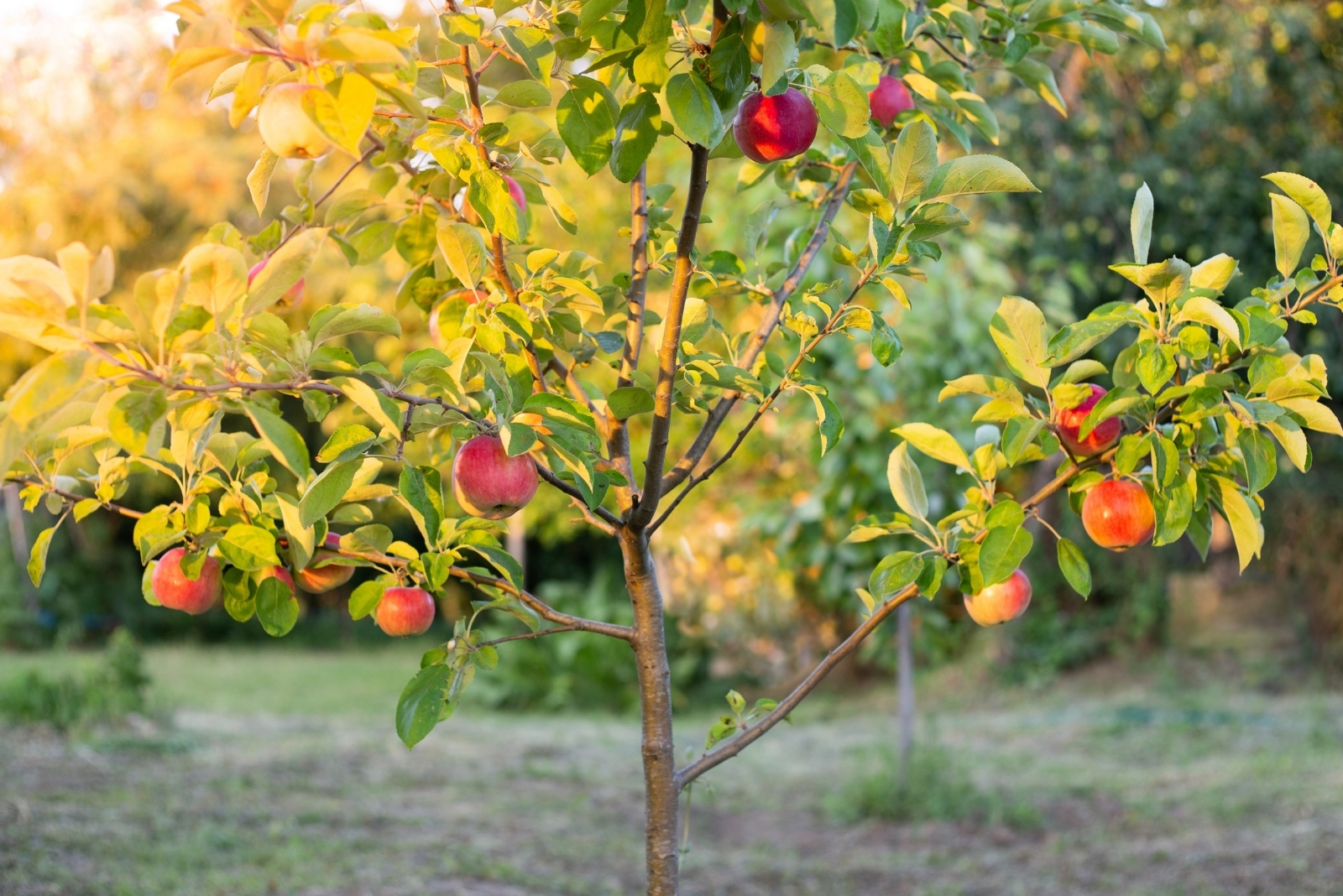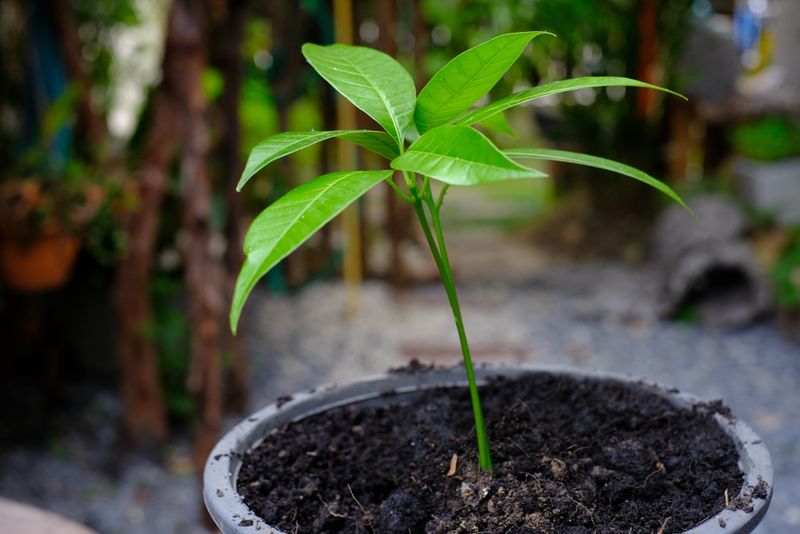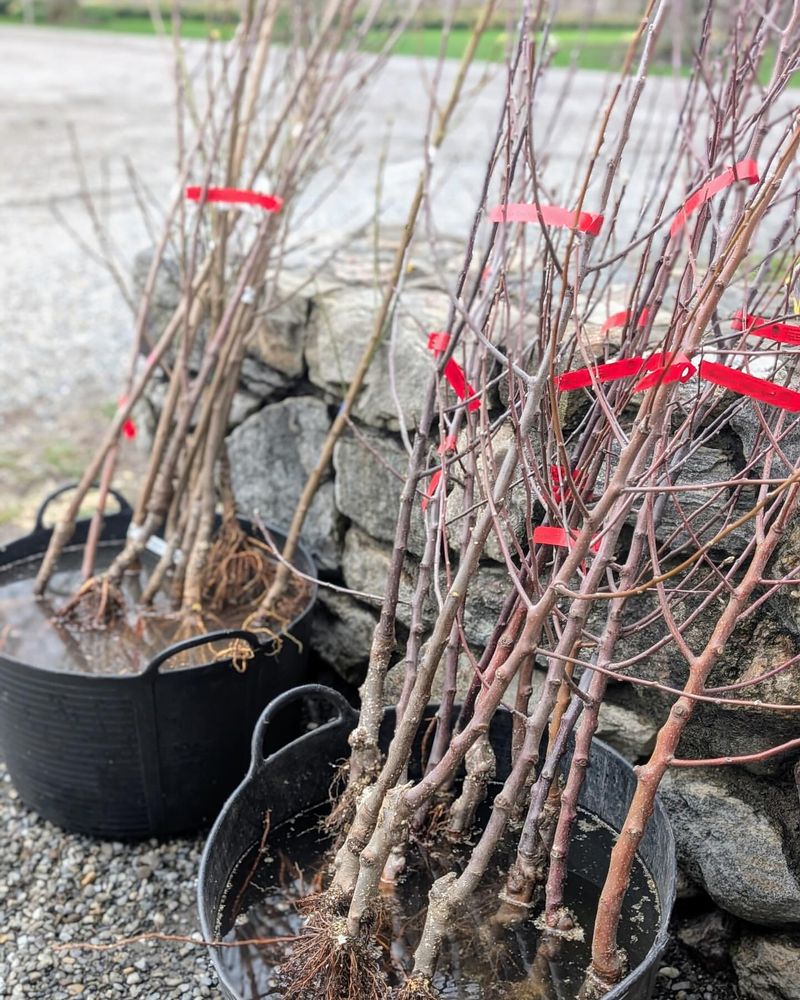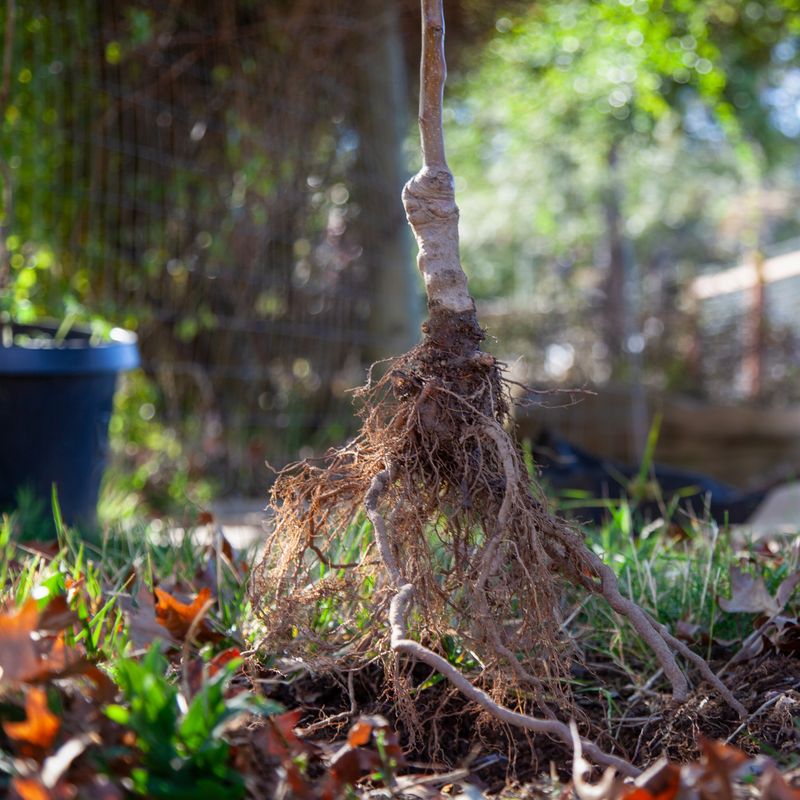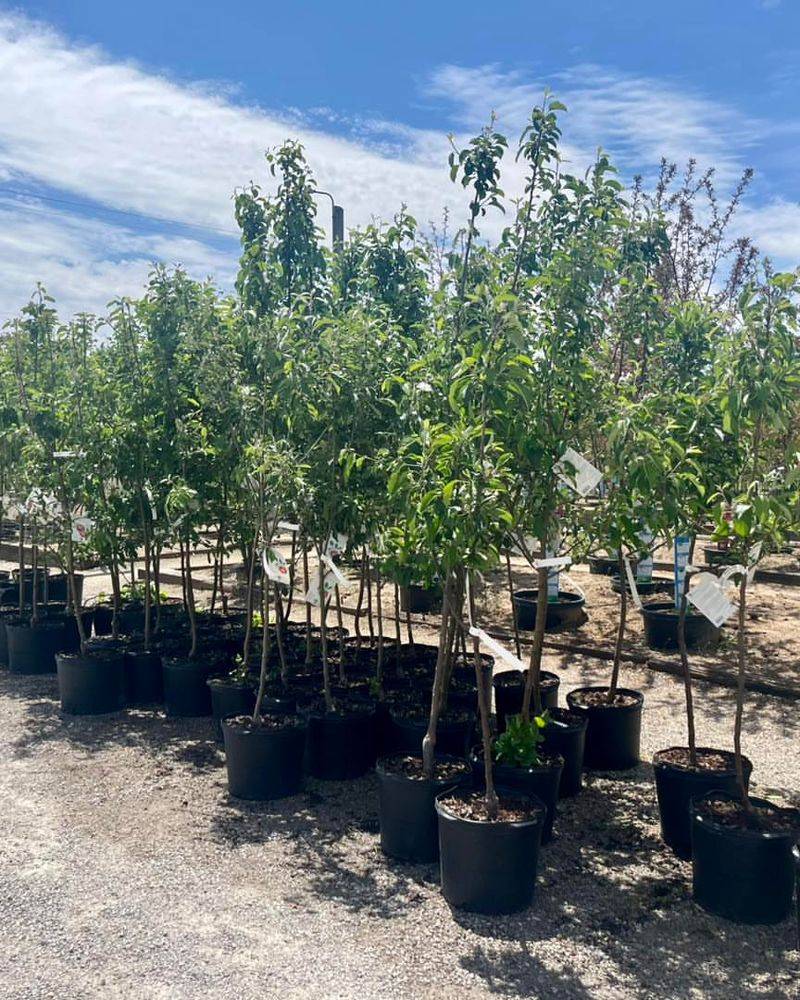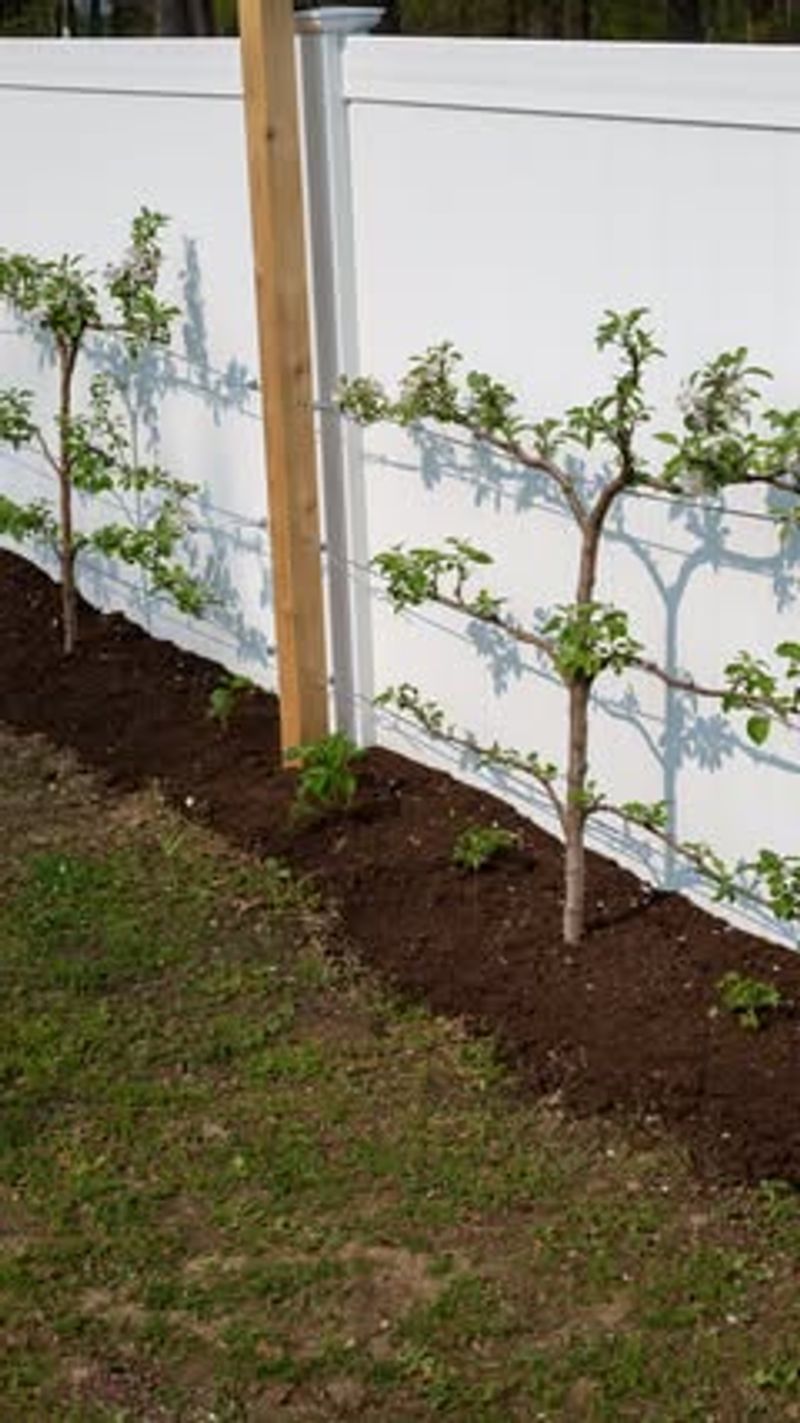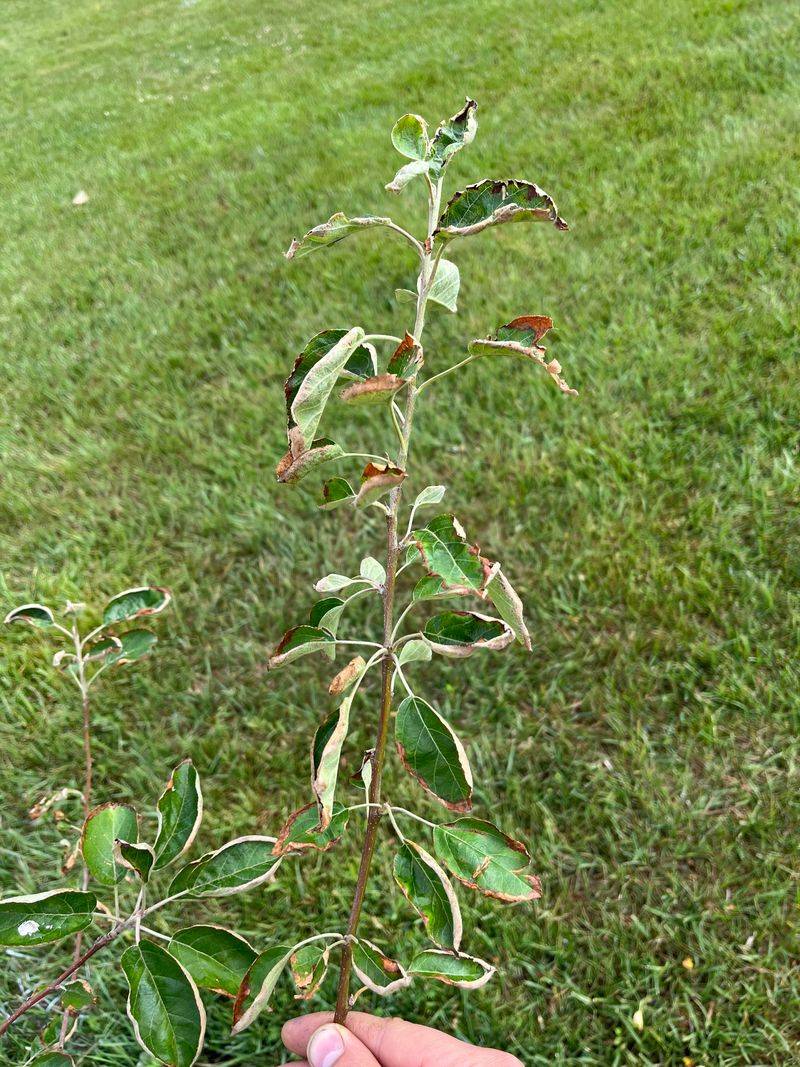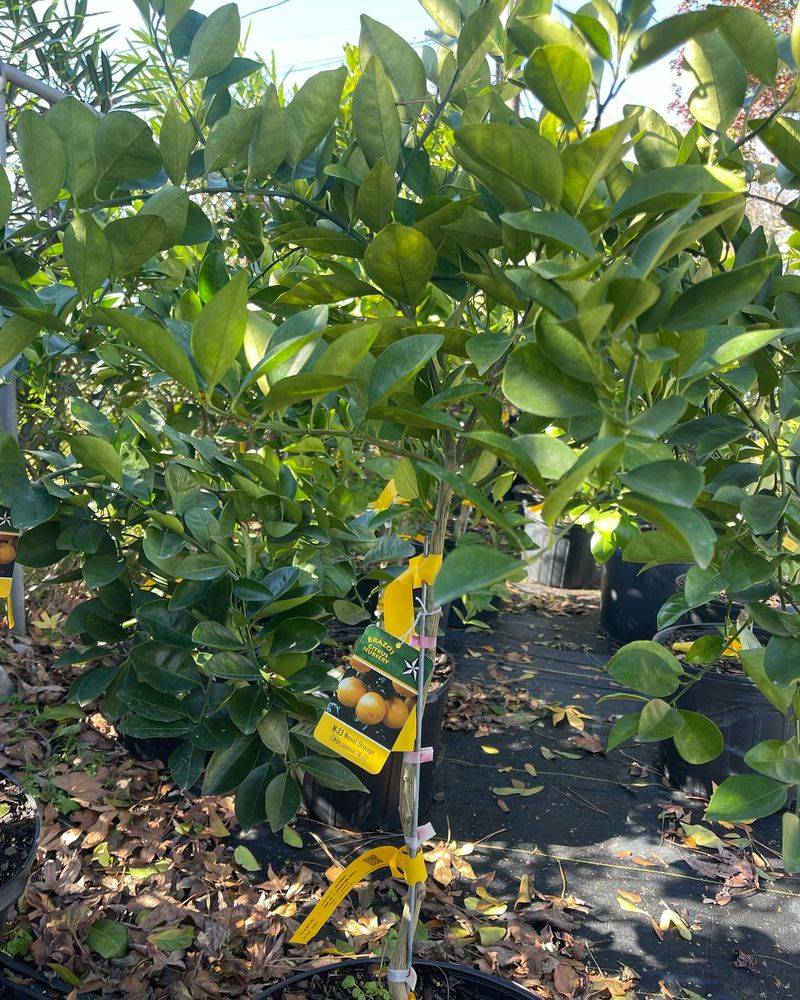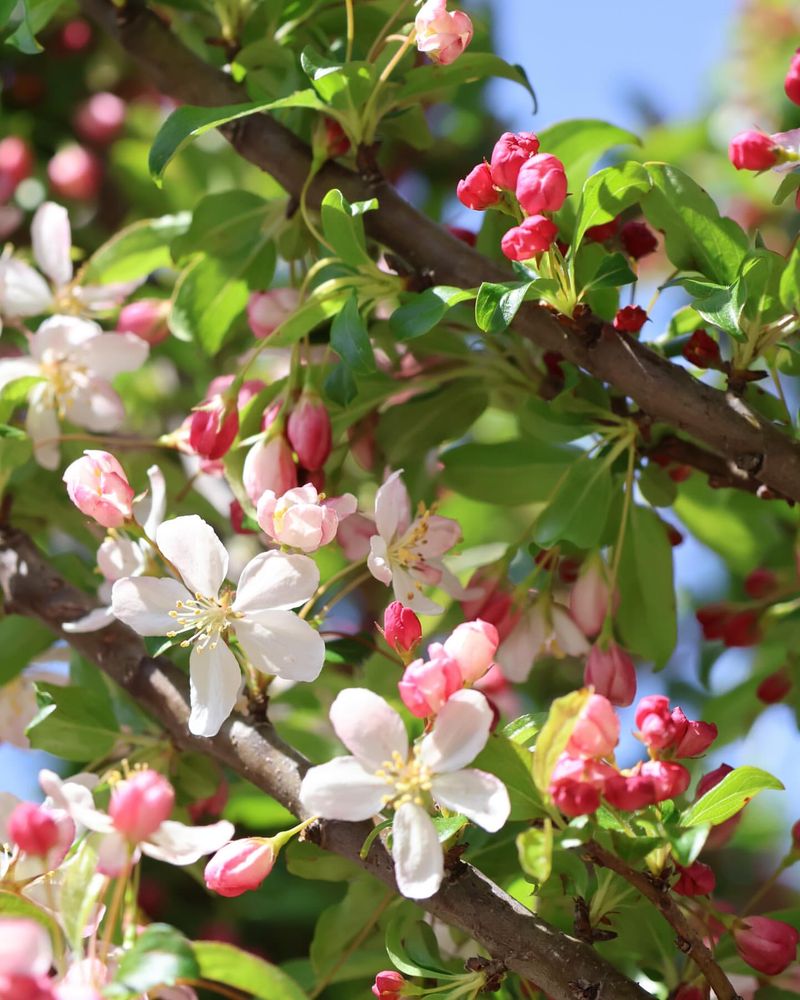Virginia gardens are full of potential, and planting fruit trees at the right moment makes all the difference. I’ve learned that timing really affects how well young trees establish and grow.
Cooler temperatures and dormant roots give them a strong start before spring arrives. Planting now means they’ll be ready to thrive when the growing season kicks in.
A little preparation today sets the stage for a fruitful garden for years to come.
1. Perfect Soil Temperature
Virginia’s soil has reached that sweet spot where it’s warm enough to encourage root growth but not so hot that young trees get stressed. The moderate temperatures help new roots establish themselves before winter arrives.
Gardeners across the Old Dominion State find that trees planted now develop stronger root systems than those planted during summer heat or winter cold.
2. Reduced Watering Needs
Fall and early winter in Virginia typically bring more consistent rainfall patterns. Your newly planted fruit trees won’t need as much supplemental watering as they would during hot summer months.
Many Virginia orchardists take advantage of these natural moisture conditions, saving both time and water resources while giving young trees the perfect start.
3. Dormant Season Benefits
Planting during the dormant season gives trees time to focus entirely on root development instead of leaf production. Trees establish themselves underground first, preparing for spring growth.
Virginia’s climate provides the perfect window for this process. Trees planted now will wake up in spring already at home in their new location, ready to leaf out and grow.
4. Better Nursery Selection
Nurseries across Virginia are stocked with fresh inventory right now. You’ll find the best selection of varieties specifically suited to our growing zones and local conditions.
Many local Virginia garden centers offer regional favorites that have proven successful in our unique climate. The variety available now won’t be matched during other seasons.
5. Extended Planning Time
Planting now gives you the entire winter to plan your orchard layout and care routine. You can research pruning techniques and pest management strategies before spring arrives.
Virginia gardeners who plant in fall find themselves better prepared when growth begins. This planning period is invaluable for first-time fruit tree owners in the Commonwealth.
6. Less Transplant Shock
Cooler temperatures mean less stress on newly transplanted trees. The mild Virginia autumn reduces transplant shock significantly compared to summer planting.
Trees throughout the Old Dominion establish more successfully when planted now. The gentle transition from nursery to your yard helps ensure higher survival rates and better long-term health.
7. Early Spring Advantage
Trees planted now will have a head start when spring arrives. While your neighbors are just beginning to shop for trees, yours will already be leafing out and setting fruit.
Virginia’s growing season favors these early birds. By planting now in the Commonwealth, you effectively gain several months of growing time compared to spring planting.
8. Winter Root Development
Surprisingly, roots continue growing during Virginia’s mild winter months whenever soil temperatures are above freezing. This hidden growth happens while the tree appears dormant above ground.
Many successful orchards across Virginia capitalize on this winter root development. By spring, your trees will have developed robust root systems ready to support vigorous new growth.
9. Perfect Timing For Local Varieties
Virginia-specific varieties like Albemarle Pippin apples and Redhaven peaches establish best when planted now. These local favorites are adapted to our specific growing conditions and seasonal patterns.
Growers throughout the Commonwealth have found that respecting this natural timing leads to healthier, more productive fruit trees that thrive in Virginia’s unique climate.

